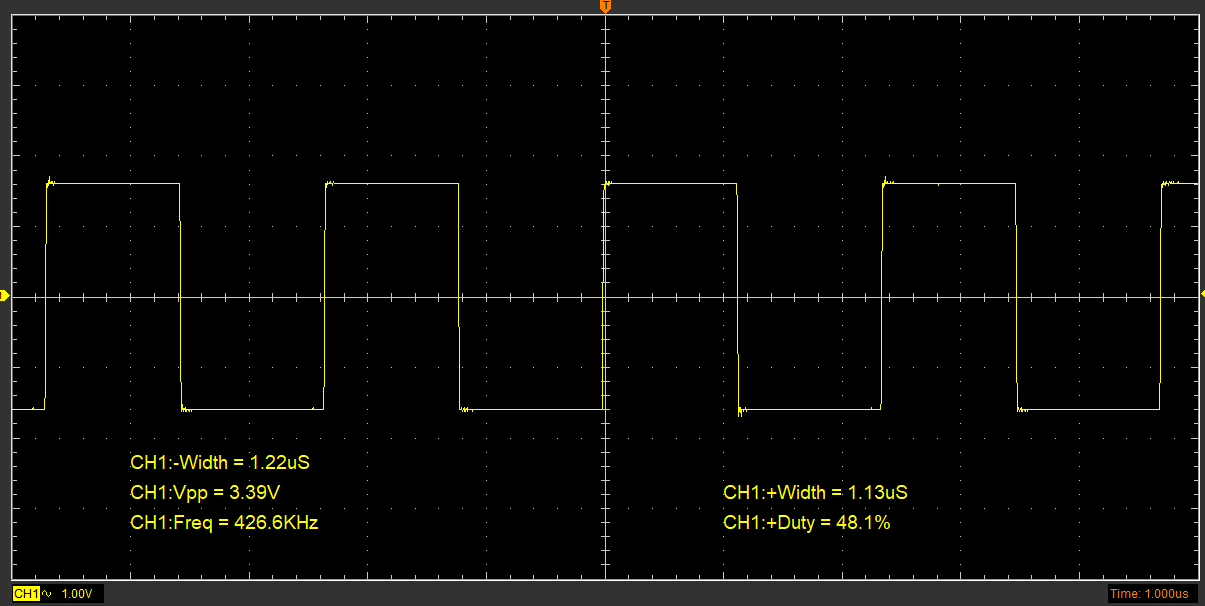High speed data transmission method for Arduino nano 33 ble

1. Tested flip pin speed of Arduino nano 33 BLE Sense Code: while ( 1 ){ digitalWrite ( A0,HIGH ) ; digitalWrite ( A0,LOW ) ; } Figure 1. approx. 426 kHz Why so slow: Control by mbed-OS 2. Tested SPI error at very low speed 34 became 68: 34: 0010 0010 68: 0100 0100 Problem: clock did not align . 3. Develop corrected SPI and test its speed FAILED: With more than 75% error transmission, it will cost at least 4 times. Risk Evaluation: Continuing SPI development by directly setting registers will face two risks: It may take many days, even weeks, to learn and debug the low-level driver for Arduino-nRF register development due to the lack of documents. There is still a risk of the not aligned clock problem. (might make many efforts in vain) 4. Direct operate register NRF_P0 -> DIRSET = 0x FF ; //P0 lower 8bit = Input Mode while ( 1 ){ NRF_P0 -> OUTSET = 0x FF ; // P0 lower 8bit = Output ...